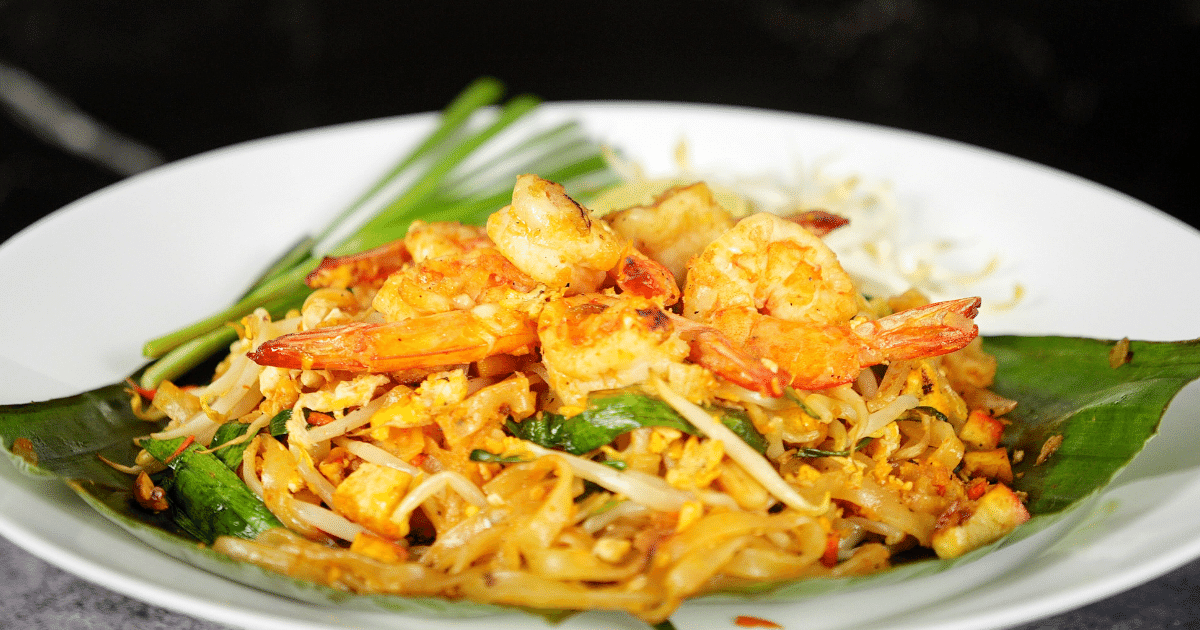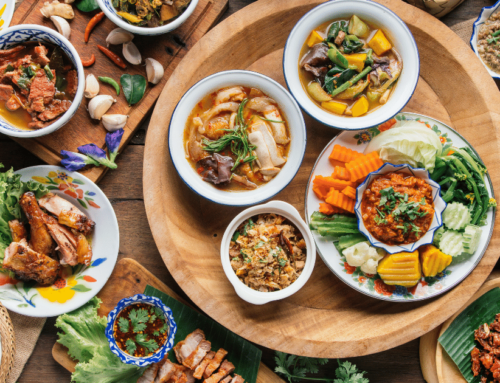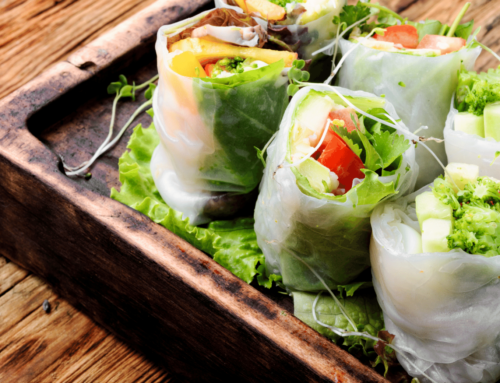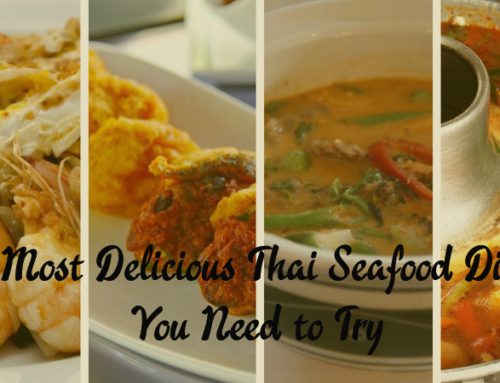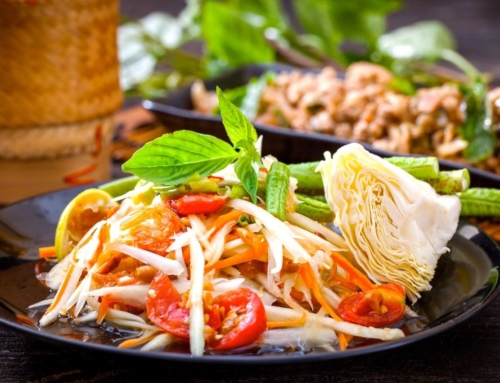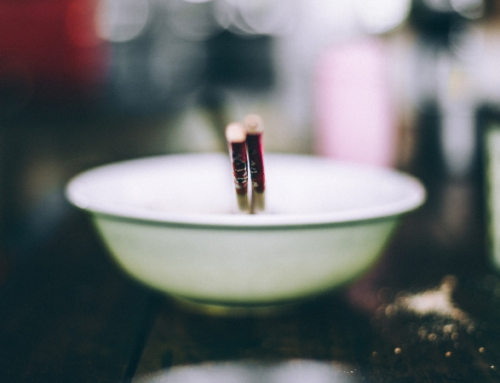The Best Pad Thai
Phat Thai, Phad Thai or Pad Thai is a dish that is generally made up of rice, stir-fried with noodles and is commonly served as a street food in casual restaurants in all of Thailand. Some are of the opinion that this delicious dish of Pad Thai was introduced by Viet traders during the reign of the Ayutthaya Kindom. Gradually the taste and flavors of Pad Thai were altered according to the taste of Thailand.
During the time of World War II this delectable dish was made popular in Thailand. Pad Thai has since been considered as one of Thailand’s national dishes.
It could be served along with some roast peanuts and lime wedges for extra taste. If you’re a health freak, you can add some fresh vegetables like garlic chives, bean sprouts, coriander leaves, turnips, radishes or banana flowers to the Thai food as well. Among the meat lovers, an extra helping of chicken, shrimp or crab can be useful as a good source of protein. When we talk about the nutritional effects of the dish, it can be clearly said that Pad Thai can be healthy as well as delicious.
Main ingredients:
The Best Pad Thai consists of soaked noodles or rice, which are later dried and then fried with some eggs and tofu. Flavors which are added would be that of the pulp of tamarind, fish sauces, soy sauce, garlic, palm, dried shrimp, shallots or red chili pepper. It could be served along with some roast peanuts and lime wedges for extra taste.
If you’re a health freak, you can add some fresh vegetables like garlic chives, bean sprouts, coriander leaves, turnips, radishes or banana flowers to the Pad Thai as well. Among the meat lovers, an extra helping of chicken, shrimp or crab can be useful as a good source of protein.
Home cooks, Chefs, and even food vendors have tried to modify the taste of this phenomenal recipe by adding their secret ingredients like pork chops or various spices. Any lover of this dish will tell you that the best Pad Thai recipe is the one that they personally love to divulge into. Over the years the simple recipe of this delicacy has undergone numerous modifications, yet the heart of the dish remains intact. The use of rice noodles and the right amount of garlic, vegetables, sauces and various other spices do wonders for this dish.
Nutritional value:
When we talk about the nutritional effects of the dish, it can be clearly said that Pad Thai can be healthy as well as delicious. One serving of Pad Thai is enriched with Vitamin A, Vitamin C, Iron, Calcium as well as a healthy amount of proteins and other dietary fibers. This dish is a complete meal in itself and keeps the stomach full for quite some time.
Thai culture has grown popular. Since Thailand is among the biggest producers and exporters of rice, the Pad Thai dish has gained popularity among many countries all over the world. It is an easy to make a recipe, delicious as well as nutritious. No wonder it has become popular in Thailand as well as various other countries.
Pad Thai stands as a quintessential emblem of Thai culinary heritage, a dish that intertwines the simplicity of street food with the complexity of a nation’s historical palate. Originating from a meld of cultures, Pad Thai has evolved from its early inception during the Ayutthaya Kingdom era, believed to have been influenced by Vietnamese traders, to become a cherished national dish, especially promoted during World War II by Thailand’s government to bolster a sense of national identity and self-sufficiency in rice production.
The essence of Pad Thai lies in its versatility and balance of flavors. At its core, the dish is a harmonious blend of textures and tastes, combining soft, stir-fried noodles with the crunch of fresh vegetables and the nutty accent of roasted peanuts. The sauce, a vital component, weaves together the tanginess of tamarind pulp with the saltiness of fish sauce and the sweetness of palm sugar, creating a multi-layered flavor profile that is distinctly Thai.
The inclusion of a variety of ingredients allows Pad Thai to be a canvas for culinary creativity. Whether adorned with chicken, shrimp, or tofu, each serving of Pad Thai can be tailored to meet dietary preferences, making it a welcoming dish for both meat lovers and vegetarians alike. The option to elevate the dish with an array of vegetables—garlic chives, bean sprouts, and radishes—adds not only a nutritional boost but also a splash of color and freshness to each bite.
Moreover, Pad Thai’s nutritional value cannot be understated. It is a dish that offers a good balance of carbohydrates, proteins, and fats, along with essential vitamins and minerals, making it a fulfilling meal that nourishes the body. The dish’s adaptability means that it can be made healthier with the addition of more vegetables or lean protein, catering to the health-conscious without sacrificing taste.
Pad Thai’s global popularity is a testament to its enduring appeal. Its easy-to-follow recipe and the accessibility of its ingredients have allowed it to traverse borders, finding a place in the hearts and kitchens of people around the world. Each rendition of Pad Thai, from the streets of Bangkok to international restaurants, carries the essence of Thai culture, inviting diners to partake in a culinary journey that is both exotic and familiar.
The Best Pad Thai
In essence, Pad Thai is more than just a dish; it’s a cultural artifact that represents the dynamism of Thai cuisine. Its ability to adapt, evolve, and satisfy diverse palates makes it a timeless favorite. Whether enjoyed in a bustling Thai market or a cozy kitchen halfway across the world, Pad Thai remains a symbol of culinary diversity, uniting people through the universal language of food. This dish, with its rich history, nutritional value, and widespread appeal, truly embodies the spirit of Thai cooking, making it an unforgettable experience for anyone who tastes it.
Top Thai Soups To Give Your Tastebuds A Quick Healthy Twist

